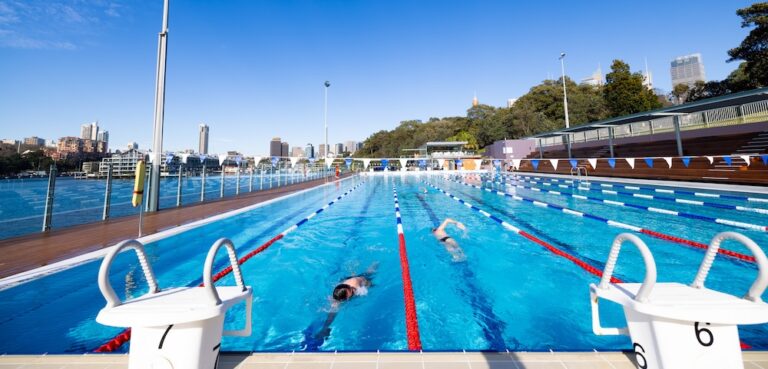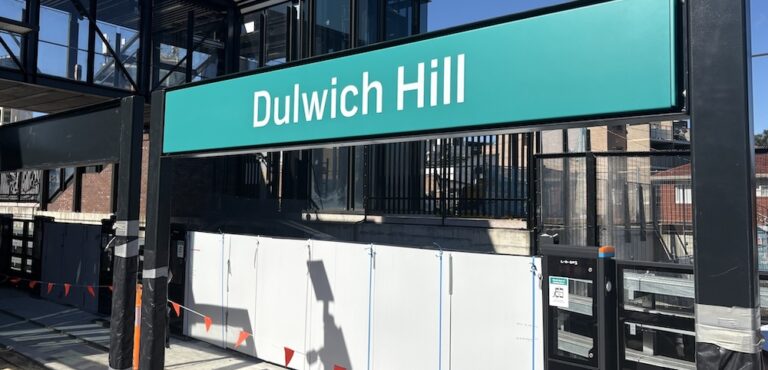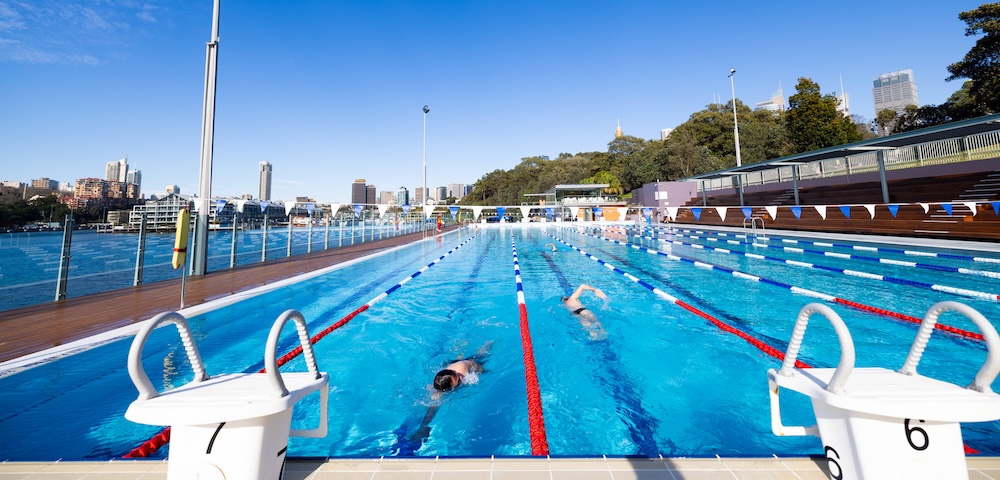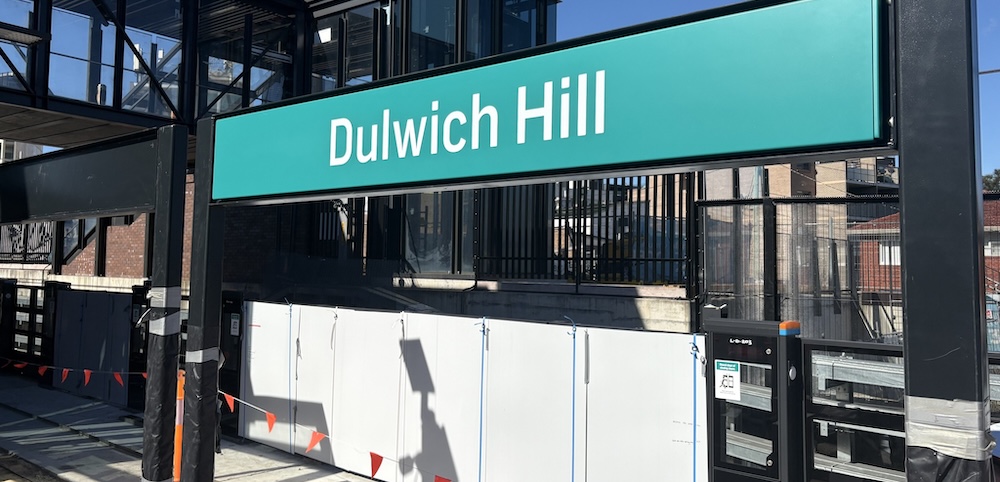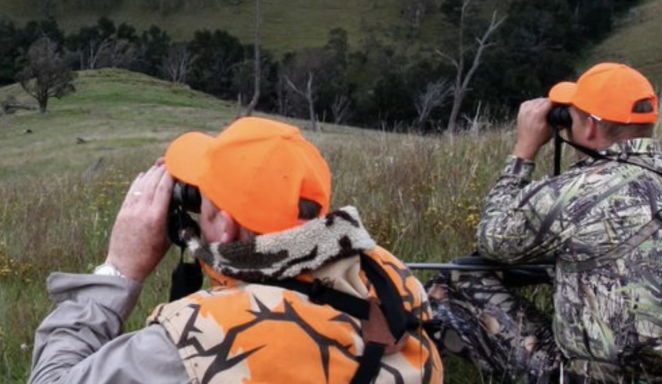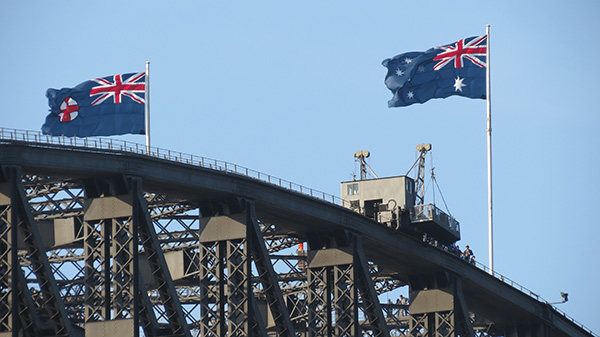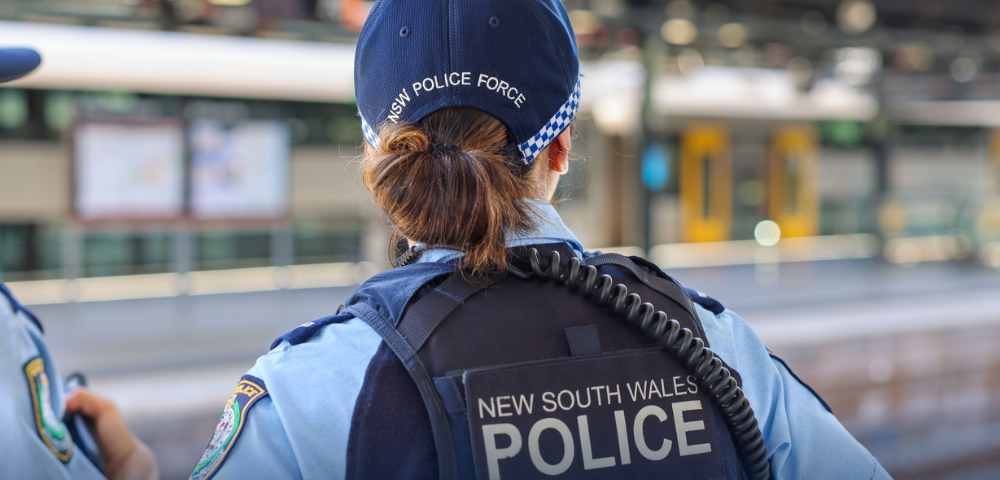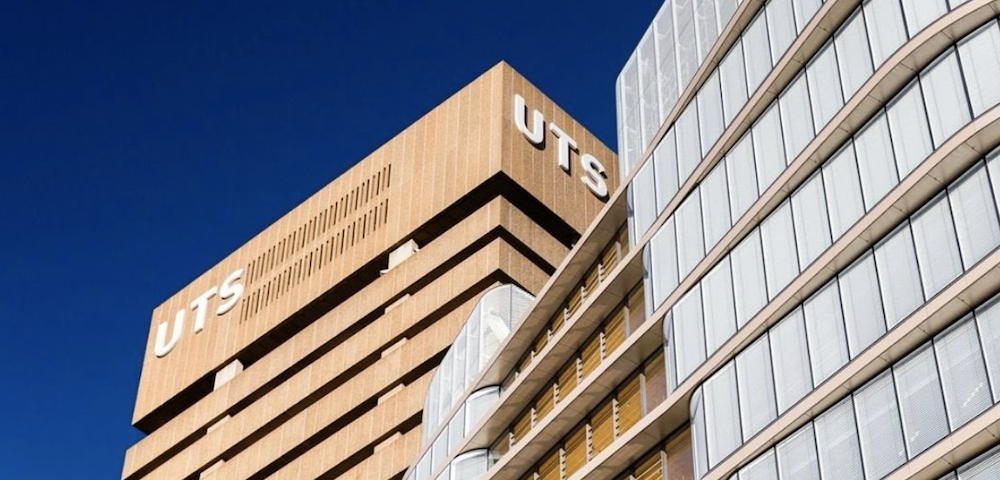
Should Woollahra Station Be Opened?
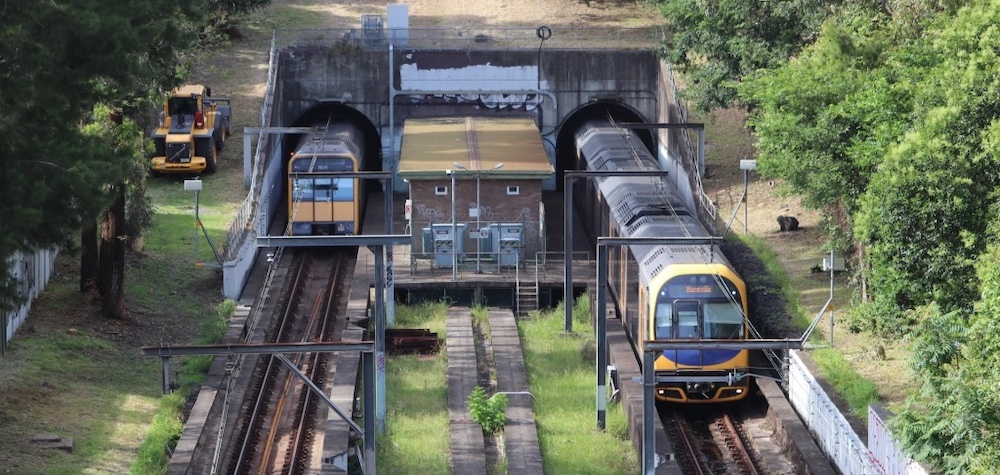
The Minns Government is eyeing Woollahra’s incomplete railway station as a potential nucleus for housing development. However, any move to open the stop would be contentious, supported by some transportation advocates though opposed by many locals.
A station at Woollahra was included in plans for the Eastern Suburbs Railway. Construction on the stop commenced but was subsequently halted by the Wran Government, which sought to cut the losses of the dramatically over-budget project.
The station at Woollahra is one of several sites which are being explored by the Government, as it quests to resolve Sydney’s housing crisis.
Completion of station has potential benefits and drawbacks
David Levinson is Professor of Transport in the School of Civil Engineering at the University of Sydney. He said that it is “not obvious” whether or not opening the station would be beneficial, with the answer depending “on what happens.”
“An additional station increases access for those near the station, and slows down travel for everyone else,” Professor Levinson told City Hub. “How that nets out depends on the level of development.”
He noted that the Woollahra station site is merely 900 metres from Edgecliff station, and a kilometre from Bondi Junction. This would give trains little if any time travelling at track speed before they would have to decelerate.
“An eight-carriage train itself is about 160 metres long, as a point of comparison.”
Other stations are nearby
It takes about fifteen minutes to walk from the site to Bondi Junction, and slightly more to reach Edgecliff. “Still, more people will take transit if they are only 400 metres away rather than 800 metres away,” Levinson noted.
With a sufficient increase in employment or population density around the site, the benefit for new travellers would outweigh the extra travel time for those headed to or from Bondi Junction, he added.
He said that Bondi Junction would lose some ridership to Woollahra, and also that some travellers on the margin of different modes would switch due to the increased travel time.
“Woollahra would gain more ridership than Bondi Junction would lose, if the development were sufficiently dense.” If not, Levinson believes that opening the station would cause ridership to decline.
“Given the location, there might even be opportunities for air rights development, which could minimise disruption to the neighbouring community.”
He called on the Government to disclose how they would justify the station’s opening, should they decide to proceed with it.
Mixed sentiment among local residents
Public finances were not the only obstacle to the station’s construction, which faced fierce local opposition. Community newspaper Now editorialised in 1974 that the Railways Commission was “dogged on building one in Woollahra, practically over the dead bodies of Woollahra residents, who were informed they could protest till they were black in their faces – a railway station was good for them … whether they wanted it or not!”
Sarah Swan, mayor of the Woollahra Municipal Council, recently told the Australian Financial Review that she had “heard a fair bit from the community and the response has been quite mixed.”
She argued that if the government had spare money and was “looking to improve amenity of an area already increasing in density, they can create a park.”
The suburb of Woollahra had a population of 7,189 in 2021, giving it a population density of about 5,845 per square kilometre. This makes the well-heeled neighbourhood about as dense as adjacent Double Bay, and less so than Paddington.
Sydney as a whole has a population of 441 for every square kilometre.
Advocacy group in favour, rejects slow-down concern
EcoTransit Sydney, a public transport advocacy group, supports completing Woollahra station.
The group recently wrote that Bondi Junction is “bursting” with more than “34,000 daily users, queues for lifts, packed platforms” and a “jammed” bus interchange.
“Meanwhile, roads like Ocean Street, Edgecliff Road and Oxford Street are gridlocked with locals driving short distances to access public transport they should’ve had on their doorstep decades ago.”
“Woollahra Station won’t just improve the network — it will directly reduce traffic, noise, and pollution in the heart of Sydney’s east.”
It noted that signalling upgrades underway on the Eastern Suburbs Railway will allow trains to run closer together, arguing that this invalidates concerns that opening the station would slow the line.
“Leaving Woollahra station unfinished in 2025 is not just a missed opportunity — it’s a deliberate failure to act in the public interest.”
Line has fewer stations than initially planned
Plans for a railway serving the Eastern Suburbs significantly predated its construction. Two royal commissions in the 1890s suggested that one could become viable later on. Some two decades later, in the 1910s, the visionary engineer John Bradfield put forward a proposal.
Construction began in the late 1960s under the Askin Government, several years after the closure of the once-extensive Eastern Suburbs tramways. Stations were planned for Martin Place, Kings Cross, Rushcutters Bay, Edgecliff, Woollahra, Bondi Junction, Charing Cross, Frenchmans Road, the University of New South Wales and Kingsford.
The line was completed to Bondi Junction, with two stations on this section cut out. There have been occasional calls for its completion to Kingsford, or alternatively to Bondi Beach.

